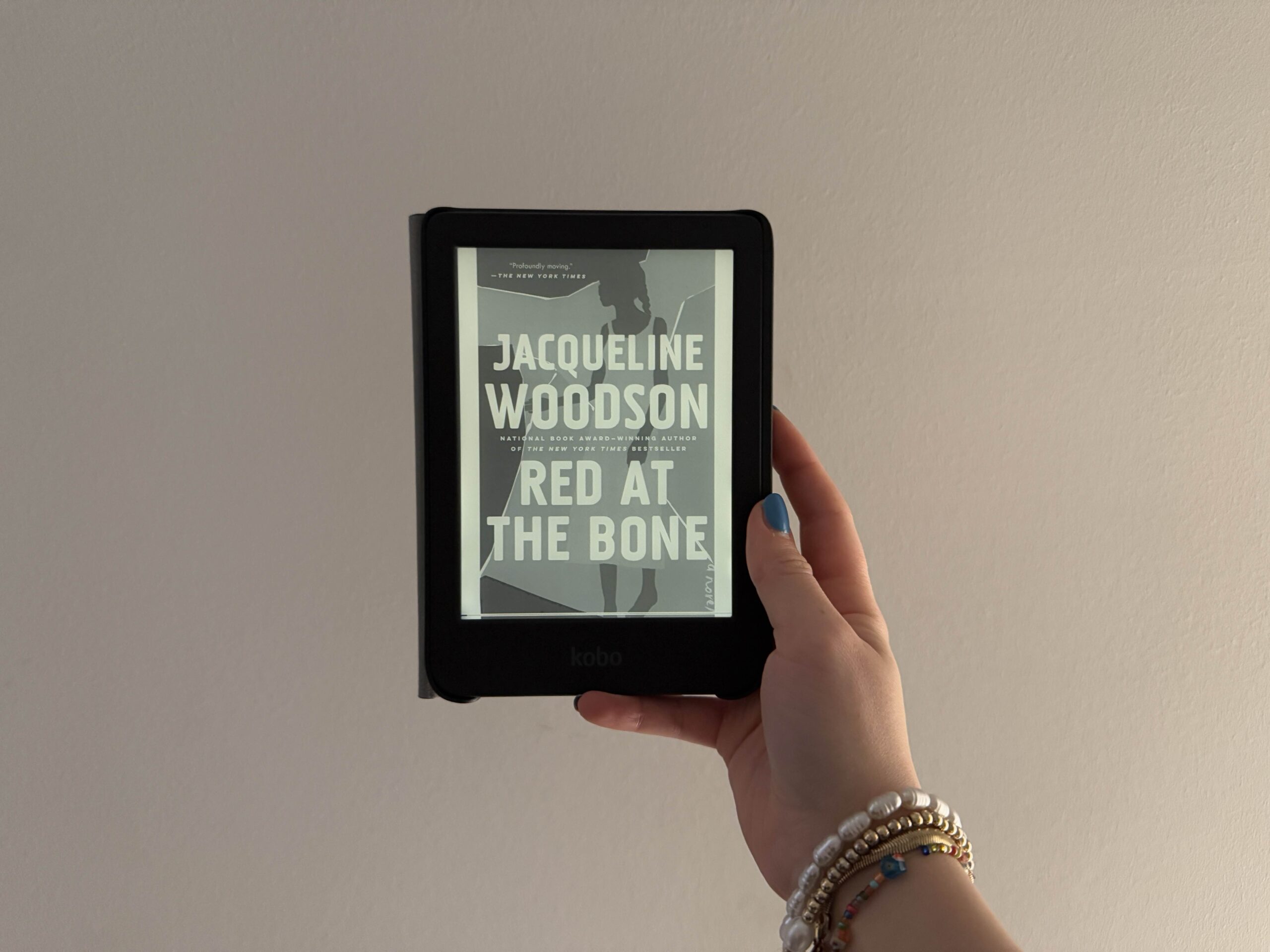A synoptic review of Jacqueline Woodson’s Red at the Bone
The novel focuses on themes of race, generational trauma, and the struggles of a mother being true to herself while risking a relationship with her daughter.
Red at the Bone, by Black American author Jacqueline Woodson, centers around the main character, Melody, at her coming-of-age sixteenth birthday party. The story follows the lives of her close family leading up until that point, following three generations.
The novel follows multiple points of view as it strings together themes of race, class, coming of age, sexuality, and generational trauma. Melody’s story touches on the life of a teenager trying to figure out her path in the world. As Melody is the granddaughter of a well-off family, she faces high expectations to be an intelligent, respectable, “good girl,” and to not follow the “disgraceful” path her mother, Iris, took by becoming a teen mom. Melody struggles with resentment against Iris for conceiving her at a young age and leaving her behind with her grandparents to find freedom at college.
Iris’ point of view is initially similar to Melody’s, though more chaotic as she is defiant against her parents’ pressure to behave. Iris grapples with the weight of what it truly means to become a teen mother, struggling when she must leave her school, friends, and life behind to care for baby Melody. These chapters focus heavily on class differences as Aubrey, Melody’s father, came from a poor family. The disparities in their lifestyles, coupled with Aubrey’s no-nonsense mother, Cathy Marie, was Iris’ motivation to grow up and take back control of her life by completing her high school degree before her daughter was born. Iris’ story also explores her sexuality. After leaving for college, growing more and more distant from Aubrey and Melody back home, Iris met Jam, a spunky woman who later became Iris’ partner and helped her realize her bisexuality.
Lastly, the chapters which focused on Sabe, Iris’ mother and Melody’s grandmother, feature significant themes of generational trauma. Sabe’s family was directly affected by the Tulsa Massacre, an event of racial terrorism against African Americans in the early 1920s. As a young girl, Sabe faced racism and financial insecurity, but as she grew older, she and her husband Po’Boy persevered to give Iris and Melody a better life than they had. However, the struggles Sabe faced throughout her lifetime had lasting effects, often influencing her high expectations for her daughter and granddaughter. To Sabe, Iris’ pregnancy felt like a slap in the face to all her sacrifices, as she felt that Iris being a teen mother would undo all the hard work that she and Po’Boy put into giving their daughter a better life.
The overall style of the novel’s writing is poetic, mainly in the descriptions Woodson gives: “Rain giving way to spectacular sun. Its rays speckling through the stained glass, dancing off the hardwood floors.” Woodson does an excellent job of not only creating three-dimensional characters but also lacing together all the different aspects of what makes these characters who they are, and tailoring their actions to their past experiences.

